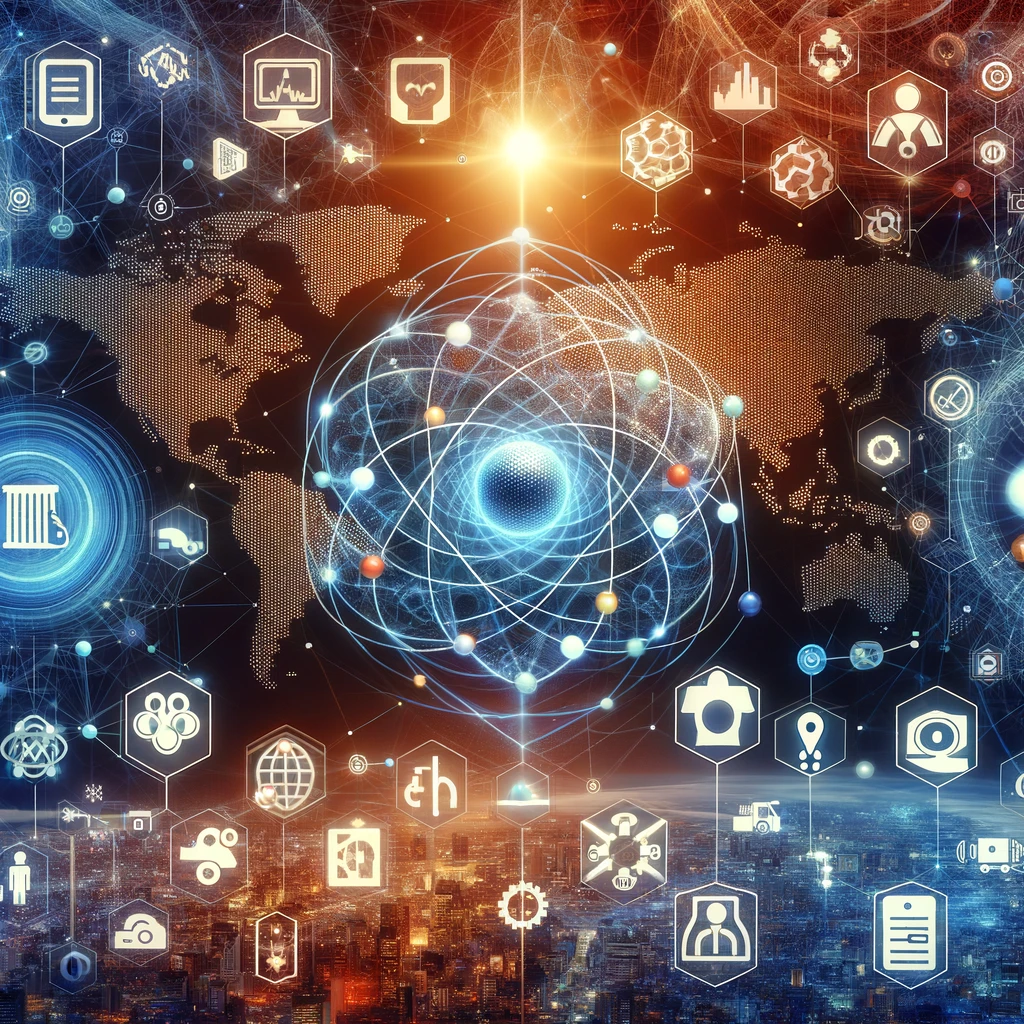Emerging Cybersecurity Threats and Innovations in 2025
As we progress through 2025, the cybersecurity landscape is experiencing unprecedented challenges and transformations. The rapid integration of advanced technologies, such as artificial intelligence (AI) and quantum computing, into various sectors has introduced new vulnerabilities and sophisticated threats. This article delves into the most pressing cybersecurity threats of 2025 and the innovative measures being adopted to counteract them.

1. AI-Powered Cyber Attacks
The dual-use nature of AI has become increasingly evident. While AI enhances defensive capabilities, it also equips cybercriminals with tools to execute more sophisticated attacks.
- Advanced Phishing and Social Engineering:
Cybercriminals are leveraging AI to craft highly personalized and convincing phishing emails. By analyzing vast amounts of data from social media and other online platforms, AI can generate messages that closely mimic legitimate communications, making it challenging for individuals to discern fraud. - Deepfake Technology:
The use of AI-generated synthetic media, or deepfakes, has escalated. Attackers create realistic fake audio and video content to impersonate executives or trusted individuals, facilitating fraudulent transactions or unauthorized data access.
2. Quantum Computing and Encryption Challenges
Quantum computing is poised to revolutionize data processing with its immense computational power. However, this advancement also poses significant risks to current encryption methods.
- Threat to Traditional Encryption:
Quantum computers have the potential to break widely used cryptographic algorithms, such as RSA and ECC, jeopardizing the security of data transmission and storage. - Transition to Post-Quantum Cryptography:
In response, organizations are transitioning to quantum-resistant encryption algorithms. The National Institute of Standards and Technology (NIST) has approved new post-quantum cryptographic standards to safeguard information against future quantum-enabled threats.
3. Ransomware Evolution
Ransomware attacks continue to escalate in both frequency and complexity, targeting a wide range of sectors.
- Targeting Critical Infrastructure:
Attackers are increasingly focusing on essential services, including healthcare systems, energy grids, and financial institutions. Disruptions in these sectors can have severe societal impacts, pressuring organizations to comply with ransom demands. - Double and Triple Extortion Tactics:
Beyond encrypting data, cybercriminals now employ additional extortion methods, such as threatening to publicly release sensitive information or targeting an organization’s clients and partners, amplifying the potential damage.

4. Supply Chain Vulnerabilities
The interconnectedness of modern supply chains introduces multiple entry points for cyber threats.
- Third-Party Risks:
Organizations often rely on external vendors for various services. Compromising a third-party provider can grant attackers access to multiple affiliated organizations, as evidenced by recent supply chain attacks. - Open-Source Software Exploits:
While open-source software fosters innovation, it can also harbor vulnerabilities. Attackers may insert malicious code into publicly available repositories, which, when integrated into various projects, can propagate security flaws across numerous systems.
5. Geopolitical Cyber Warfare
Nation-state actors are increasingly engaging in cyber operations to achieve political and economic objectives.
- Espionage and Data Breaches:
State-sponsored groups conduct cyber espionage to steal intellectual property, gather intelligence, and disrupt adversaries’ operations. - Critical Infrastructure Attacks:
Geopolitical tensions have led to cyber assaults on essential services, aiming to destabilize governments and societies.
Innovations in Cyber Defense
In response to these evolving threats, several innovative cybersecurity measures are being implemented:
- Zero Trust Architecture:
This security model operates on the principle of “never trust, always verify,” requiring continuous authentication and authorization for all users and devices accessing resources. - Artificial Intelligence and Machine Learning:
Defensive AI systems analyze network traffic patterns to detect anomalies and respond to potential threats in real-time, enhancing the speed and accuracy of threat detection. - Managed Detection and Response (MDR):
Organizations are increasingly adopting MDR services, which provide continuous monitoring, threat detection, and incident response, leveraging both advanced technologies and human expertise.
Conclusion
The cybersecurity landscape of 2025 is marked by sophisticated threats that leverage emerging technologies. To mitigate these risks, organizations must adopt a proactive and layered security approach, integrating advanced technologies, continuous monitoring, and comprehensive incident response strategies. Collaboration between public and private sectors, along with ongoing education and awareness, is essential to fortify defenses against the ever-evolving cyber threat landscape.





















